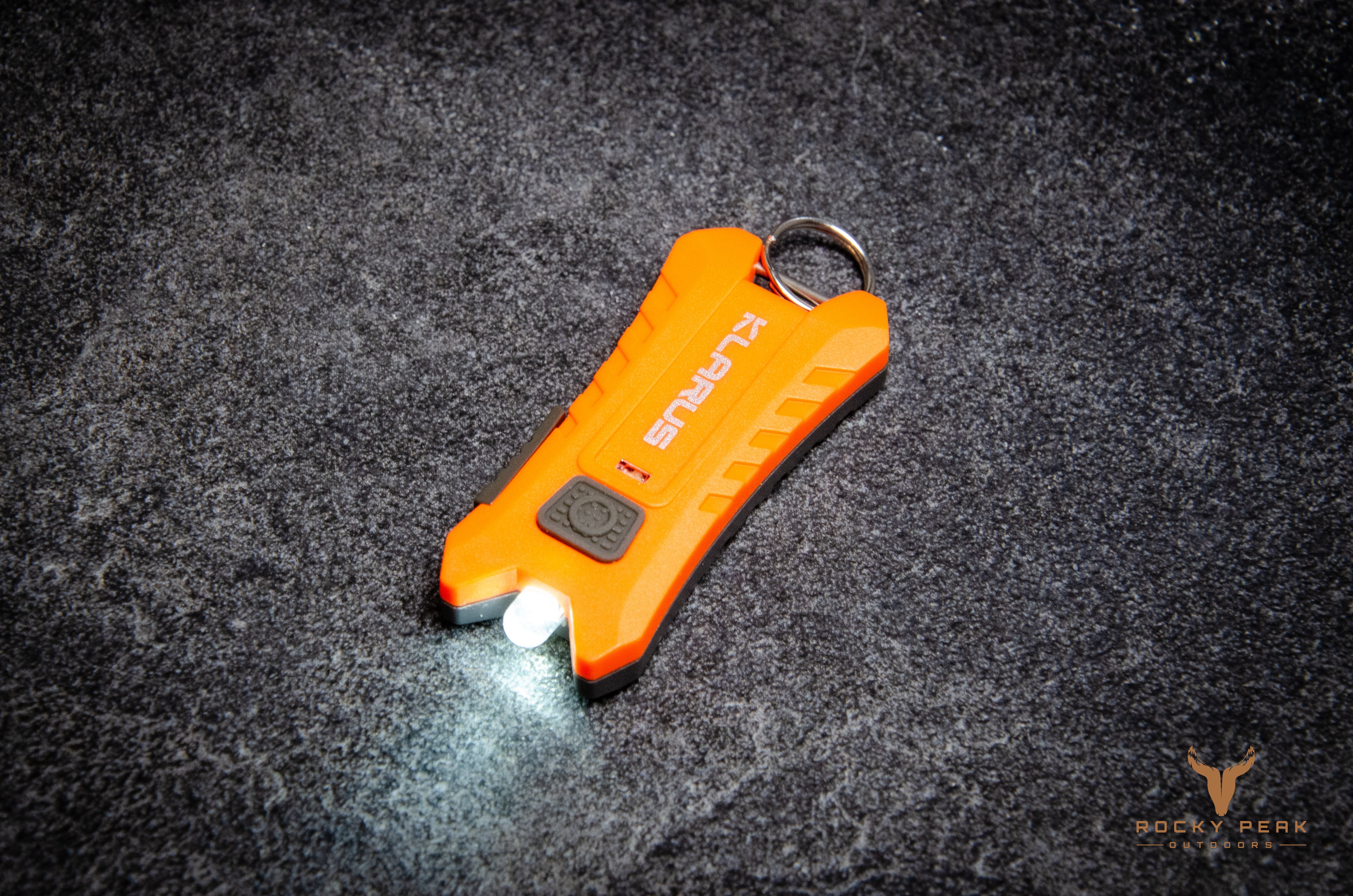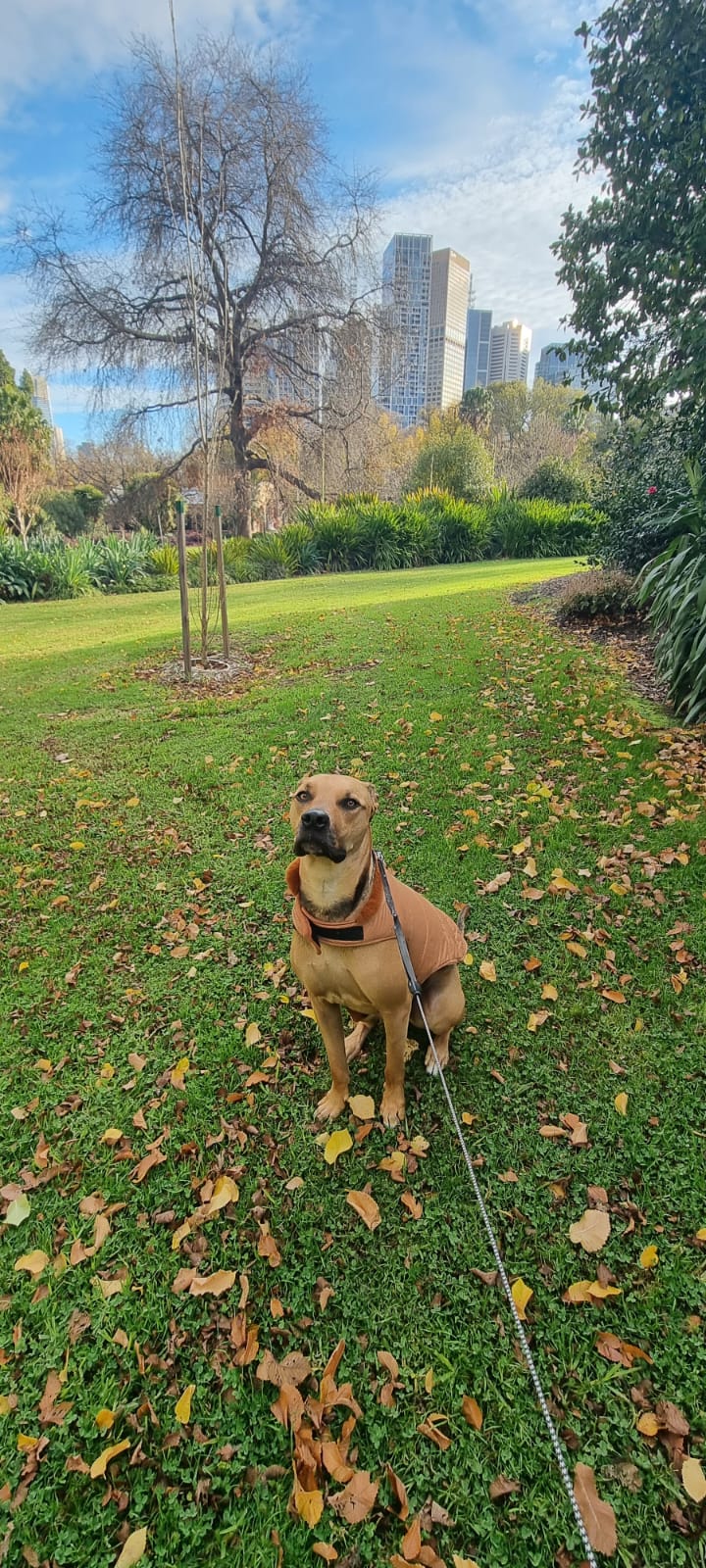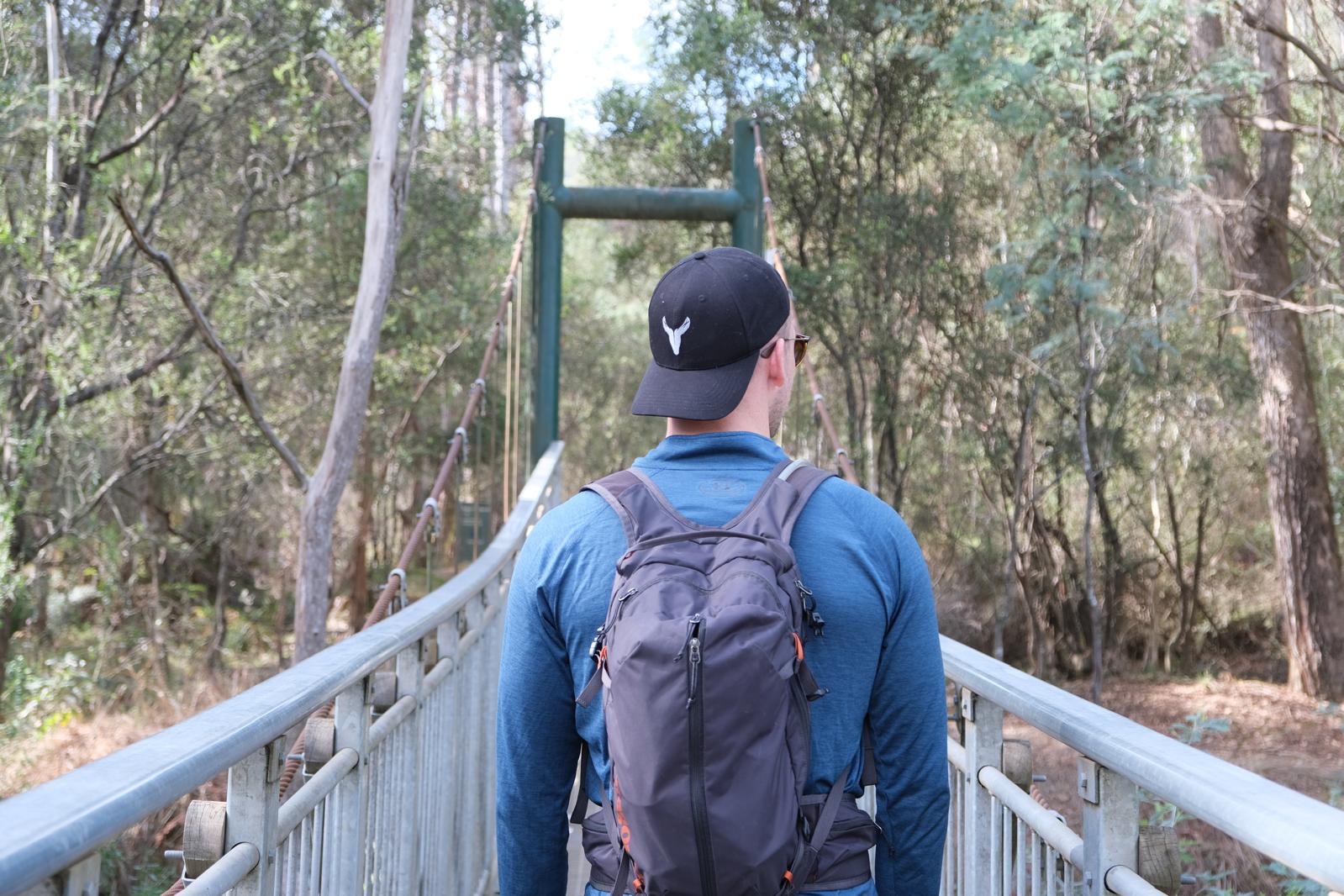There's a range of factors you need to consider when looking for your ideal lighting companion. But fret not! We've got you covered:
1. Key Stats:
Lumens - Most light bulbs offer measurements in lumens today. This information provides data about how much luminous flux is available in the product, referring to its total visible light.
Candela - Candela is often seen as a candlepower or “CD" rating for lights. It's the base measurement used to determine the product's luminous power intensity. It lets you know how bright the light is based on how far away you are while still seeing it.
Lux - That's the amount of light within a specific per-unit surface area.
Consider your flashlight's application when determining brightness needs. While lumens reign supreme in power comparison, keep in mind that the brighter your torch, the greater its power demands.
2. LED Type & Colour
Cree, Nichia, Samsung, etc. This is a post in itself! There's a wide array of emitters available for your ideal flashlight. It is important to research if the LED is optimised for your application.
The shade of colour from an LED light is given in Kelvin(K). Shades of yellow and white light are measured on a scale from 1000K to 10,000K. Commercial and domestic lighting applications range from 2000K (yellowish light) to 6500K (white light with slight blue hue).
3. Reflector Type
There are two main types of reflector available for your flashlight:
Smooth (SMO): Otherwise known as Smooth, you’ll see these reflectors on throw flashlights and other flashlights with a very focused centre. As you can guess, the surface on these is polished smooth like a mirror.
Orange Peel (OP): More common on everyday carry, general use, and floodlights, OP stands for orange peel because of the texturing given to the reflector and its similarity to an orange peel. OP texture helps to smooth out light artefacts and creates even lighting. Sometimes you’ll see designations such as LOP (light orange peel) and MOP (medium orange peel), which further describe the amount of texturing detail.
4. Battery size & rechargeability:
Evaluate the required brightness and expected runtime of your torch. Check if it's rechargeable or uses batteries. Always be prepared by stocking up on spare batteries or power banks in case of unexpected situations.
5. Durability:
Again, the torch's application is crucial. It's imperative to assess the materials and water resistance of your flashlight. Remember that the material will be a large factor in determining the overall weight of the flashlight. Keep an eye out for the IP rating for a straightforward comparison of water resistance.
6. Ease of use:
Does the torch offer a variety of brightness settings? Are there additional features such as strobe or SOS modes? Check for a battery indicator or HUD for added convenience.
At Rocky Peak Outdoors, we've curated a range of top-notch lighting solutions for every adventure. Explore our selection today!
From the RPO team.




